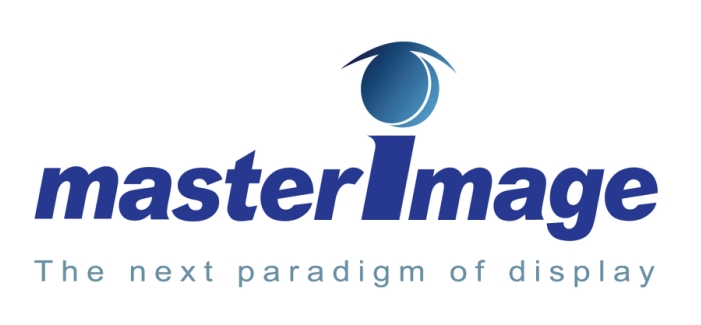Hands-on with MasterImage's cell-matrix 3D tablet screen technology
Now you see it, now you still see it

It may surprise some of you out there, but 3D screen technology - more specifically, the auto-stereoscopic displays like that seen in the Nintendo 3DS - has hardly reached its development peak.
Indeed, because of that aforementioned handheld, many people have already decided whether 'glasses-free' 3D works or not, which for stereoscopic 3D screen specialist MasterImage is a little worrying.
"The 3DS was a bit of a blessing and a curse," Matt Liszt, VP of marketing for MasterImage, told me last week at Mobile World Congress (MWC), where his company was demonstrating its cell-matrix parallax barrier.
"It's great because it created the category and it certainly created awareness, but the quality was not at the level it should be... some audiences will put up with it, some won't."
As demonstrated by LG's second stab at a 3D smartphone this year at MWC, the quality of the screens and the size of the viewing angle between devices can vary drastically from one generation to another, despite the various technologies being placed under the same umbrella category.
A new dimensionThe idea of using cells rather than simply angling two images sounds like marketing spiel, but in practice it turns out to be quite an effective way of getting around most of the issues plaguing today's versions of auto-stereoscopic 3D.
MasterImage's '3D glass' sits on top of existing 2D glass, the depth of which wasn't noticeable in the test tablets I used. Rather than create a flicker with right and left images, the company's tech uses microscopic cells to produce the combined image.
This, in theory, both allows more light to get through the screen from the image and enables RGB mapping across the two screens, ensuring that the colour levels are closer to the source.
It also purportedly helps with the alignment of the two displays, creating a wider viewing angle as a result.
Keep watching
After viewing the tech in the flesh (as it were), it's hard not to come away impressed.
Moving your head beyond the viewing angle no longer produces that disorientating 'break' seen in the standard auto-stereoscopic displays. Instead, the image resets into a 2D image after a slight blur. This isn't as sharp as a pure 2D image, but it's nowhere near as unnerving as the image a traditional 3D screen produces.
Likewise, while I did notice some saturation of colours - an appreciation of which is thanks to my experiences with active 3D glasses at home - watching the trailer for Hugo 3D wasn't disorientating. In fact, it proved a lot clearer than trailers viewed on other forms of auto-stereoscopic tech.
Forward progressImproving technology is one thing, but if there's nothing to watch it on, then any endeavours to improve the tech or the acceptance of it will be in vain.
Despite falling 3D cinema audience figures, though, MasterImage seemed upbeat about 3D's future prospects, with Liszt saying that "by the end of 2014 we hear upwards of 250 3D movies will be available... We really do believe this new ecosystem is really rapidly coming together."
We'll likely see MasterImage's technology appearing in phones "by Christmas", with tablets featuring its tech to follow shortly afterwards.
No word on which OEMs have spoken to MasterImage yet about integrating its tech into their devices, but with its degree of improvement over existing technology, it won't be too hard to guess which devices employ the firm's cell-matrix expertise when they arrive on shelves.
